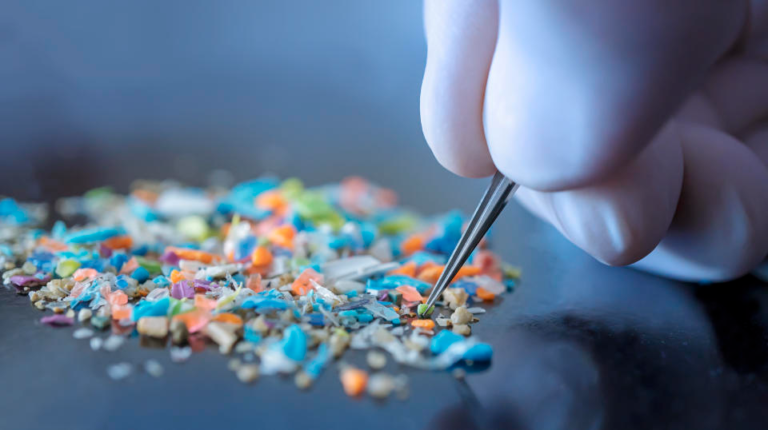Microplastics have become a growing concern in recent years, making their way into our food, water, and even the air we breathe. While these tiny plastic particles are often associated with environmental pollution, they are also finding their way into everyday products—including commercial tea bags, medical devices, and even life science research. But what exactly are microplastics, and how do they affect our health?
What Are Microplastics?
Microplastics are tiny plastic particles measuring less than 5 millimeters in size. They originate from the breakdown of larger plastic products or are intentionally manufactured for specific applications. These microscopic particles can be found in personal care products, synthetic fabrics, and even in some filtration systems.
One of the biggest concerns with microplastics is their potential impact on human health. Scientific research suggests that prolonged exposure to microplastics could lead to inflammation, hormonal disruptions, and other adverse health effects.
Commercial Tea Bags & Microplastics: What You Need to Know
Many people enjoy a cup of tea without realizing that their tea bags may be releasing microplastics into their drink. Commercial tea bags made from plastic-based materials, such as nylon or polyethylene terephthalate (PET), can shed billions of microplastic particles when steeped in hot water.
A recent study found that tea lovers could be unknowingly consuming thousands of microplastics per cup, raising concerns about long-term health implications. Opting for loose-leaf tea or tea bags made from organic, biodegradable materials can help reduce exposure to these contaminants.
Elemental Scientific Microplastics Research & Detection
Detecting microplastics in everyday products requires advanced technology. Elemental scientific microplastics research focuses on analyzing the chemical composition of these particles to understand their impact on human health and the environment.
Scientists use specialized techniques, such as Fourier-transform infrared spectroscopy (FTIR) and Raman spectroscopy, to identify and quantify microplastics in water, food, and medical products. This research is crucial in developing strategies to minimize exposure and mitigate potential health risks.
How to Filter for Microplastics in Drinking Water
As microplastics continue to infiltrate our water sources, many consumers are looking for ways to reduce their intake. Investing in a high-quality filter for microplastics is one of the best ways to ensure clean and safe drinking water.
Some of the most effective filtration methods include:
- Reverse osmosis systems: These filters remove microplastics by forcing water through a semipermeable membrane.
- Activated carbon filters: While not as effective as reverse osmosis, these filters can help reduce the presence of microplastics.
- Nanofiltration systems: These advanced filters can capture smaller particles, including microplastics, for improved water purity.
Life Science and Microplastics: Their Impact on Research
Microplastics are not just a concern for consumer products—they also pose challenges in life science and microplastics research. Scientists studying biological processes and environmental interactions must carefully control for contamination to ensure accurate results.
Laboratories are developing new protocols to prevent microplastic contamination in research settings. This includes using glass instead of plastic containers, filtering reagents, and conducting rigorous quality control checks to maintain the integrity of scientific data.
Microplastics in Medical Devices: A Growing Concern
The medical industry relies heavily on plastic-based materials, from surgical instruments to drug packaging. However, recent studies suggest that microplastics in medical devices could pose unforeseen risks to patients.
Plastic-based implants, catheters, and tubing may release microplastics over time, leading to concerns about bioaccumulation in the body. Researchers are actively exploring alternative materials and coatings that could reduce plastic particle release in medical applications.
Reducing Your Exposure to Microplastics
While it may seem impossible to avoid microplastics entirely, there are steps you can take to minimize your exposure:
- Choose glass or stainless steel containers over plastic.
- Use water filters designed to remove microplastics.
- Opt for loose-leaf tea instead of plastic-infused tea bags.
- Support brands that prioritize sustainable packaging.
Final Thoughts
Microplastics are everywhere, from commercial tea bags to medical devices, and their impact on human health is still being studied. With increasing awareness and advancements in elemental scientific microplastics research, we can take proactive steps to reduce exposure and make informed choices. By using a filter for microplastics, supporting sustainable practices, and staying informed, we can help protect our health and the environment from these invisible threats.
